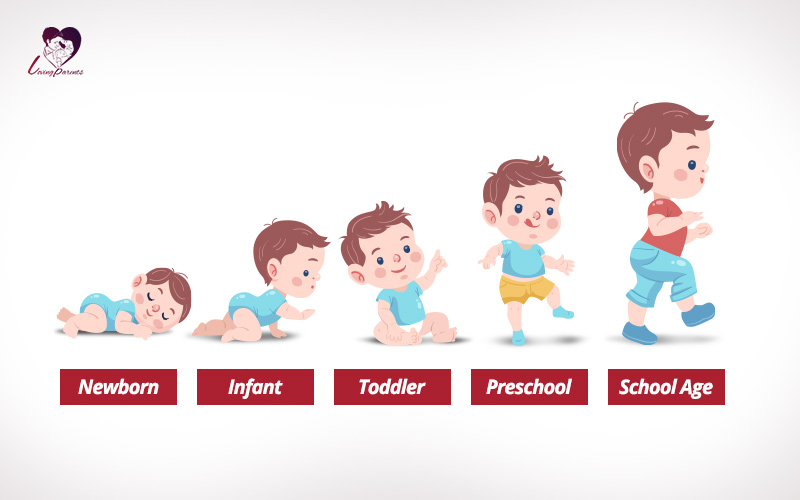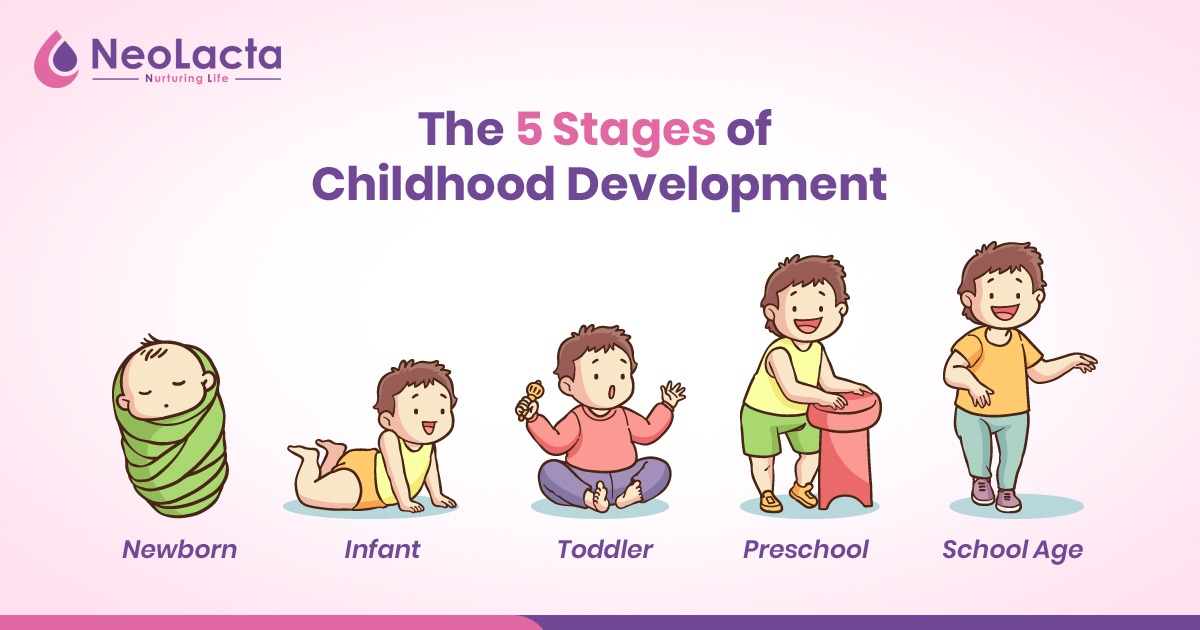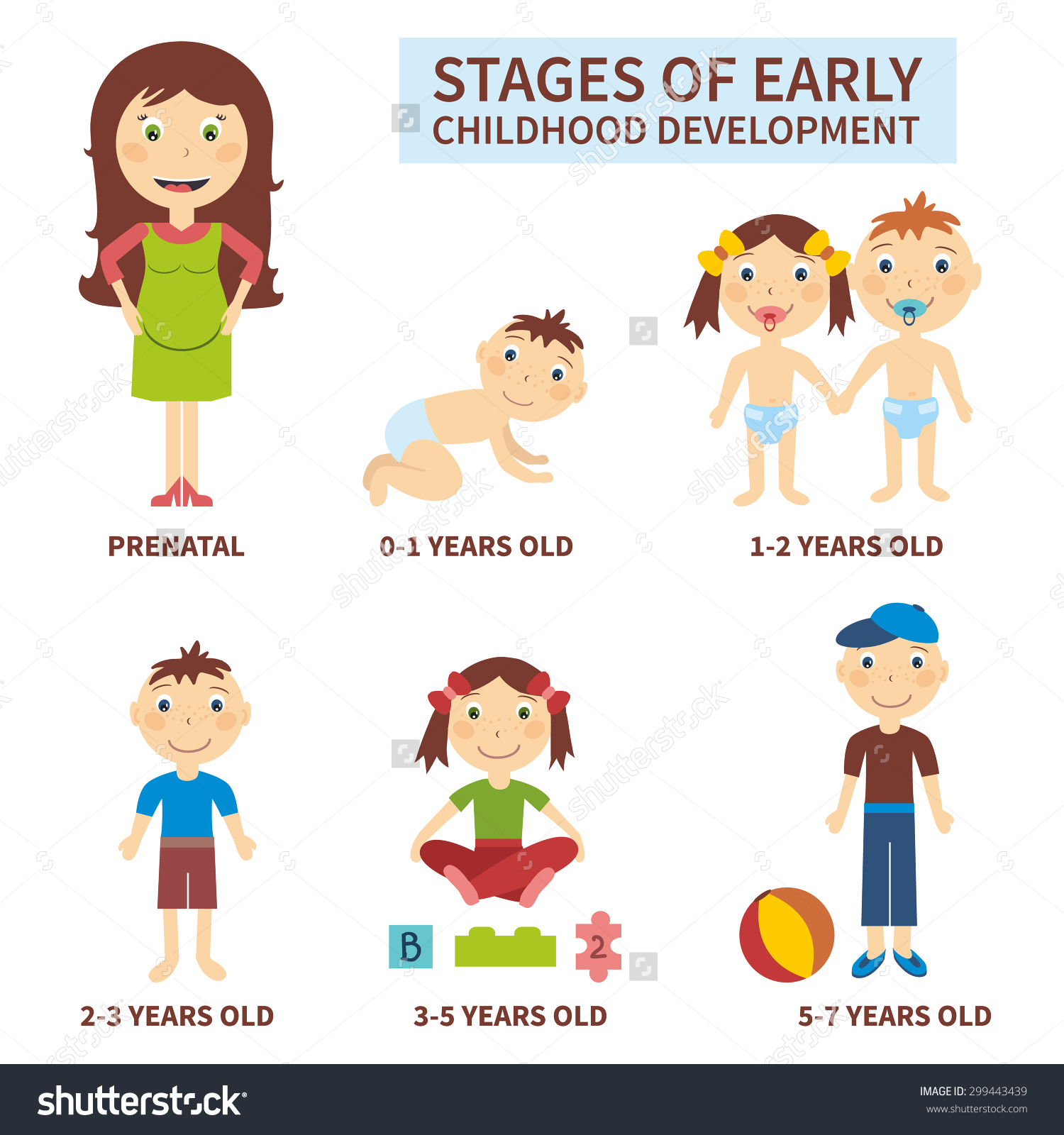Prepubescence is a critical phase in a child's development that lays the foundation for the physical, emotional, and social changes that occur during puberty. It is the transitional period between childhood and adolescence, where subtle yet significant changes begin to take place. Understanding this stage can help parents, educators, and caregivers better support children as they navigate these early developmental milestones. This guide aims to provide a detailed overview of prepubescence, offering insights into its importance and the changes that occur during this period.
Parents often wonder when prepubescence begins and what signs to look for. While every child develops at their own pace, recognizing the early indicators of prepubescence can help prepare families for the upcoming changes. This stage is not just about physical growth but also involves cognitive and emotional development, making it a pivotal time in a child's life.
As we delve deeper into this topic, we will explore the various aspects of prepubescence, including its timing, signs, and the impact it has on a child's overall development. By the end of this guide, you will have a comprehensive understanding of prepubescence and how to support children through this transformative phase.
Read also:Buzz Mccallister The Iconic Character That Stole Our Hearts
Table of Contents:
- What is Prepubescence?
- Timing of Prepubescence
- Physical Changes During Prepubescence
- Emotional Development in Prepubescence
- Social Changes During Prepubescence
- Cognitive Development in Prepubescence
- Signs of Prepubescence
- Supporting Children Through Prepubescence
- Common Questions About Prepubescence
- Conclusion
What is Prepubescence?
Prepubescence refers to the period before puberty when children begin to experience the initial stages of physical, emotional, and social development. This stage typically occurs between the ages of 8 and 13 for girls and 9 and 14 for boys, though the exact timing can vary. During prepubescence, the body begins to prepare for the more pronounced changes associated with puberty.
In this stage, hormonal activity starts to increase, leading to subtle physical changes such as the development of breast buds in girls or the enlargement of testicles in boys. These changes may not be immediately noticeable but are essential precursors to the more dramatic transformations of puberty. Understanding prepubescence is crucial for parents and caregivers who wish to provide appropriate support during this time.
Why is Prepubescence Important?
Prepubescence is significant because it marks the beginning of a child's journey into adolescence. It is a time when children start to develop a sense of self-identity and independence. This stage also plays a vital role in shaping their future relationships and social interactions. By recognizing the importance of prepubescence, adults can better prepare themselves to address the unique needs of children during this period.
Timing of Prepubescence
The timing of prepubescence varies widely among individuals, influenced by factors such as genetics, nutrition, and overall health. On average, girls enter prepubescence around the age of 8, while boys typically begin around the age of 9. However, some children may start earlier or later, depending on their unique circumstances.
Research suggests that early or late onset of prepubescence can have implications for a child's development. For example, children who experience early prepubescence may face social challenges due to physical differences from their peers. Conversely, those who develop later may feel self-conscious about their delayed growth. Understanding the timing of prepubescence can help parents and caregivers anticipate potential challenges and provide appropriate support.
Read also:Bruno Mars Daughter A Closer Look Into The Life Of The Global Superstars Family
Physical Changes During Prepubescence
During prepubescence, children begin to experience a range of physical changes that signal the onset of puberty. These changes are driven by hormonal fluctuations and can vary from one individual to another. Below are some of the most common physical changes observed during this stage:
- Increased growth rate: Children often experience a growth spurt during prepubescence, with an average increase in height of 2-3 inches per year.
- Development of secondary sexual characteristics: Girls may notice the appearance of breast buds, while boys may experience testicular enlargement.
- Changes in body composition: Fat distribution may shift, leading to changes in body shape.
- Appearance of body hair: Fine hair may begin to appear on the arms, legs, and pubic area.
While these changes are a normal part of development, they can sometimes cause anxiety or confusion for children. Parents and caregivers can help by providing reassurance and answering any questions they may have.
Impact of Nutrition on Physical Development
Nutrition plays a critical role in supporting the physical changes that occur during prepubescence. A balanced diet rich in essential nutrients can help ensure that children grow and develop at a healthy pace. Foods high in calcium, vitamin D, and protein are particularly important for promoting bone health and muscle development.
Emotional Development in Prepubescence
In addition to physical changes, prepubescence is also a time of significant emotional development. As children navigate this transitional phase, they may experience a range of emotions, including excitement, anxiety, and self-consciousness. Understanding these emotional changes can help parents and caregivers provide the necessary support.
Some common emotional experiences during prepubescence include:
- Increased self-awareness: Children become more aware of their appearance and how others perceive them.
- Fluctuating moods: Hormonal changes can lead to mood swings and emotional sensitivity.
- Development of self-esteem: Children begin to form a sense of self-worth, which can be influenced by peer relationships and family dynamics.
How to Support Emotional Health
Parents can support their child's emotional well-being during prepubescence by fostering open communication and creating a supportive environment. Encouraging children to express their feelings and providing guidance on coping strategies can help them manage the emotional challenges of this stage.
Social Changes During Prepubescence
Prepubescence is also characterized by significant social changes as children begin to form closer relationships with peers and develop a greater sense of independence. During this stage, they may start to prioritize friendships over family relationships and seek approval from their peers.
Some key social changes during prepubescence include:
- Increased interest in peer relationships: Children often spend more time with friends and develop stronger social bonds.
- Development of group identity: They may begin to identify with specific social groups or cliques.
- Exploration of personal interests: Children may experiment with new hobbies, activities, or interests as they discover their individuality.
Parents can support social development during prepubescence by encouraging healthy peer interactions and providing opportunities for children to engage in extracurricular activities.
Cognitive Development in Prepubescence
Cognitive development during prepubescence involves the maturation of thinking skills and problem-solving abilities. Children in this stage begin to develop abstract reasoning and critical thinking skills, which enable them to better understand complex concepts and make informed decisions.
Some notable cognitive changes during prepubescence include:
- Improved memory and attention: Children can focus on tasks for longer periods and retain information more effectively.
- Development of logical reasoning: They begin to think more logically and systematically about problems.
- Enhanced creativity: Children may show increased creativity and imagination as they explore new ideas and perspectives.
Supporting Cognitive Growth
Parents and educators can support cognitive development during prepubescence by providing stimulating learning opportunities and encouraging curiosity. Engaging children in activities that challenge their thinking and problem-solving skills can help foster intellectual growth.
Signs of Prepubescence
Recognizing the signs of prepubescence can help parents and caregivers prepare for the changes that lie ahead. While every child is unique, some common signs of prepubescence include:
- Physical changes: Growth spurts, development of secondary sexual characteristics, and changes in body composition.
- Emotional changes: Increased self-awareness, mood swings, and the development of self-esteem.
- Social changes: Greater interest in peer relationships and the formation of group identities.
- Cognitive changes: Improved memory, logical reasoning, and creativity.
By being aware of these signs, adults can better understand the needs of children during this transitional phase and provide appropriate support.
Supporting Children Through Prepubescence
Supporting children through prepubescence requires a combination of understanding, patience, and guidance. Parents and caregivers can help children navigate this stage by fostering open communication, providing reassurance, and creating a supportive environment.
Some strategies for supporting children during prepubescence include:
- Encouraging open dialogue: Create opportunities for children to express their thoughts and feelings.
- Providing accurate information: Offer clear and factual explanations about the changes they are experiencing.
- Modeling healthy behaviors: Demonstrate positive coping strategies and emotional regulation.
- Encouraging independence: Allow children to explore their interests and develop a sense of autonomy.
Common Questions About Prepubescence
Parents and caregivers often have questions about prepubescence and how to support children during this stage. Below are some frequently asked questions and their answers:
Q: When does prepubescence typically begin?
A: Prepubescence usually begins between the ages of 8 and 13 for girls and 9 and 14 for boys, though the exact timing can vary.
Q: What are some common signs of prepubescence?
A: Common signs include physical growth, emotional fluctuations, and changes in social and cognitive behavior.
Q: How can I support my child during prepubescence?
A: Provide open communication, accurate information, and a supportive environment to help your child navigate this stage.
Conclusion
Prepubescence is a critical phase in a child's development that marks the beginning of the transition into adolescence. By understanding the physical, emotional, social, and cognitive changes that occur during this stage, parents and caregivers can better support children as they navigate this transformative period. Recognizing the signs of prepubescence and providing appropriate guidance can help ensure that children develop into confident and healthy individuals.
We encourage you to share this guide with others who may benefit from it and leave a comment below if you have any questions or insights about prepubescence. Together, we can create a supportive environment for children as they grow and develop.


